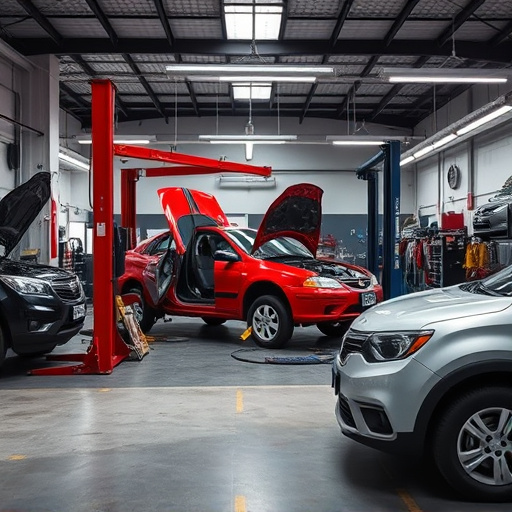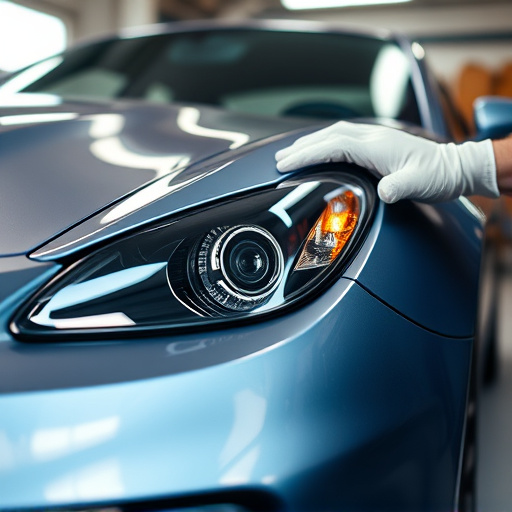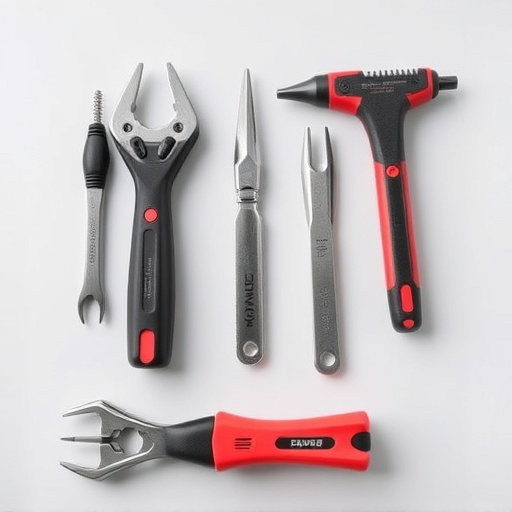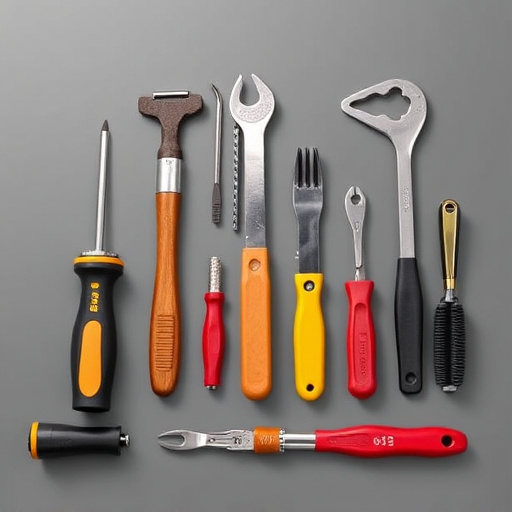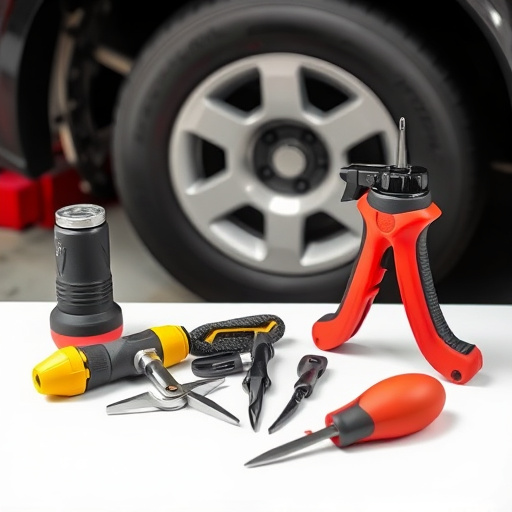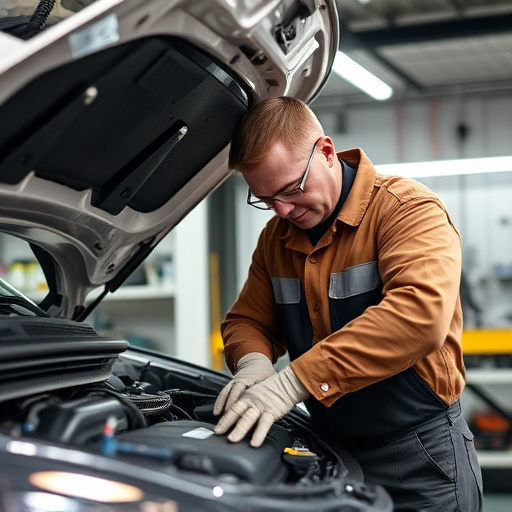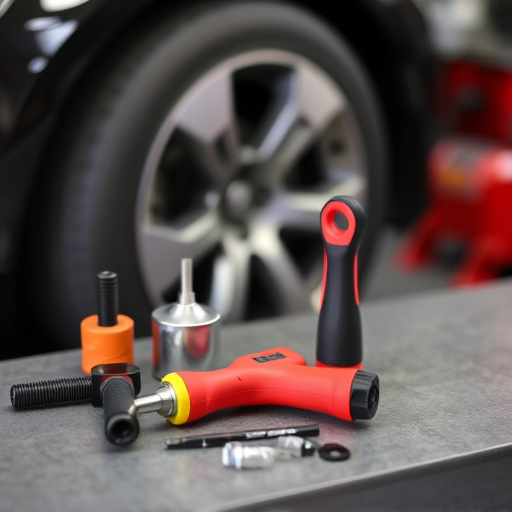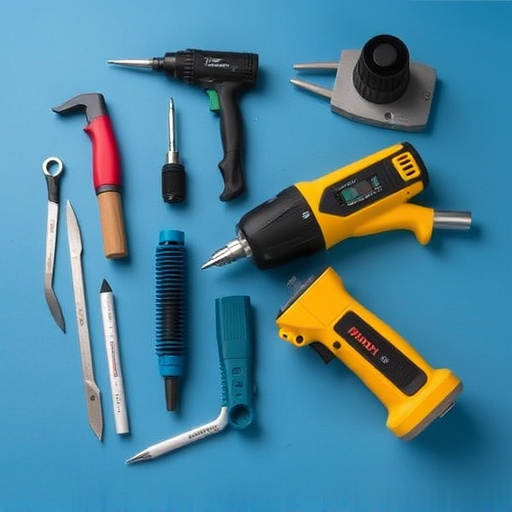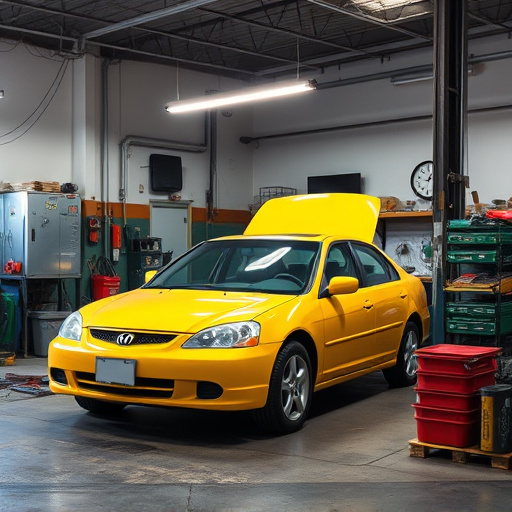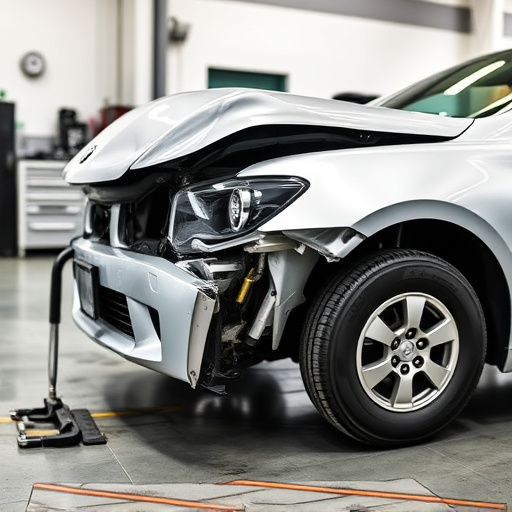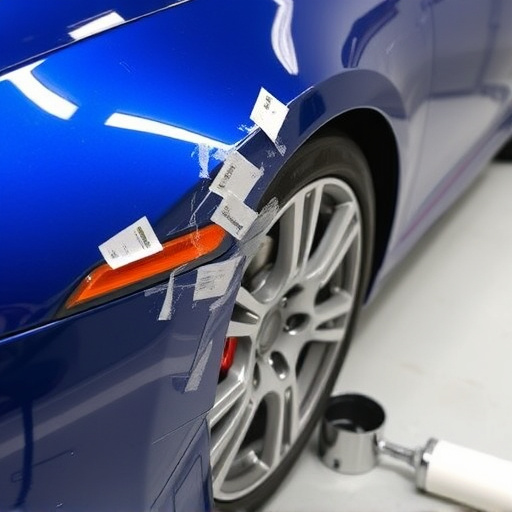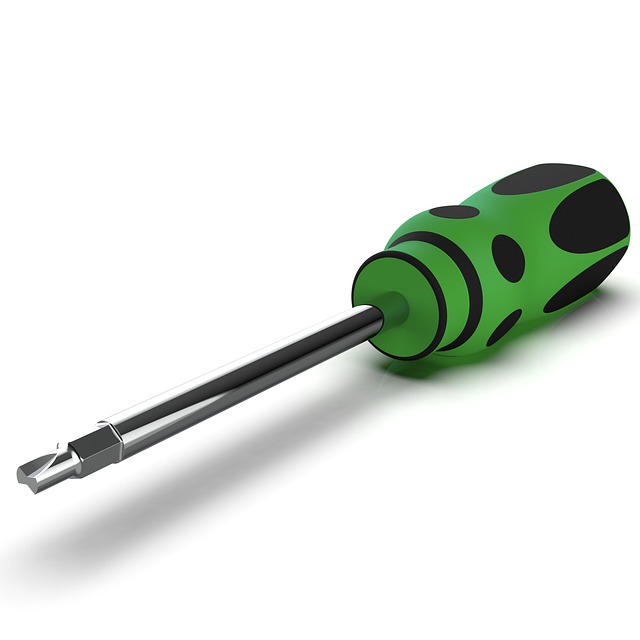Accessing OEM repair procedures is vital for safe and effective airbag system repairs, ensuring collision specialists follow best practices using proper tools and parts. Adhering to these standards prevents malfunctions, enhancing vehicle occupant safety. For body shops and classic car restorers, access to OEM guidelines delivers precise repairs, preserving vehicle integrity and meeting industry standards, thus ensuring reliable airbag systems and optimal performance.
In today’s automotive landscape, ensuring proper airbag system repairs is paramount for safety. This article explores the critical role of OEM (Original Equipment Manufacturer) repair procedure access in maintaining optimal vehicle security. We delve into understanding these procedures, highlighting the benefits of adhering to OEM guidelines, and discussing challenges along with best practices in airbag repairs. By navigating these aspects, workshops can offer efficient, effective, and safe airbag repairs.
- Understanding OEM Repair Procedure Access
- Benefits of Following OEM Guidelines
- Challenges and Best Practices in Airbag Repairs
Understanding OEM Repair Procedure Access
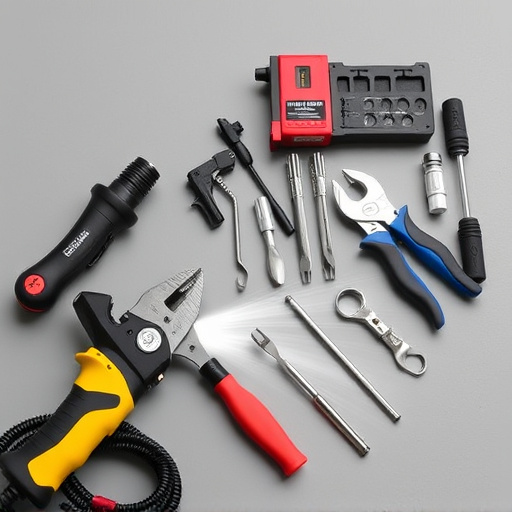
Understanding OEM Repair Procedure Access is paramount in ensuring effective and safe airbag system repairs. OEM (Original Equipment Manufacturer) procedures provide step-by-step guidelines tailored to each vehicle model, including specific instructions on disassembly, inspection, replacement, and reassembly of airbag modules. This meticulous approach guarantees that the repair process adheres to the manufacturer’s standards, ensuring the safety and reliability of the airbag system.
Accessing these OEM repair procedures allows collision repair specialists to accurately diagnose issues, use appropriate tools and parts, and follow best practices. By adhering to these guidelines, auto painting and collision repair professionals can prevent potential hazards associated with airbag malfunctions, ultimately contributing to the well-being of vehicle occupants in case of future accidents.
Benefits of Following OEM Guidelines
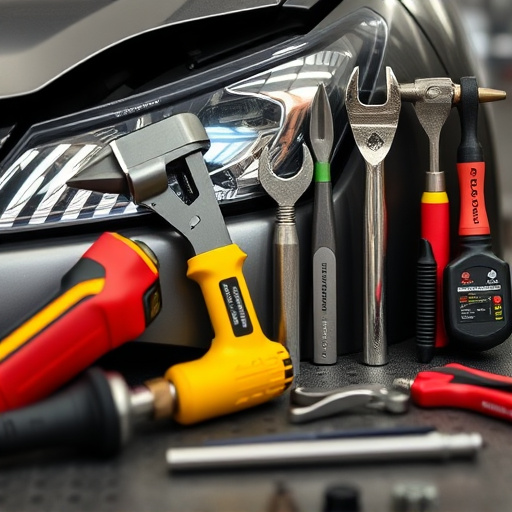
Following OEM (Original Equipment Manufacturer) guidelines for airbag system repairs offers numerous advantages. These guidelines are meticulously designed to ensure safety and efficacy, providing a comprehensive framework that aligns with the manufacturer’s intent. Adhering to OEM specifications guarantees that the airbag deployment mechanism functions perfectly, minimizing the risk of malfunctions or false triggers that could compromise passenger safety. This is particularly crucial for modern vehicles where complex electronic systems control airbags, requiring precise calibrations and diagnostic protocols.
For body shop services and classic car restoration experts, access to OEM repair procedures is invaluable. It enables them to offer specialized vehicle repair services with a level of precision and consistency rarely found in generic aftermarket solutions. This attention to detail not only enhances the reliability of airbag systems but also preserves the integrity of the vehicle’s overall performance, ensuring that every repair meets or exceeds industry standards.
Challenges and Best Practices in Airbag Repairs
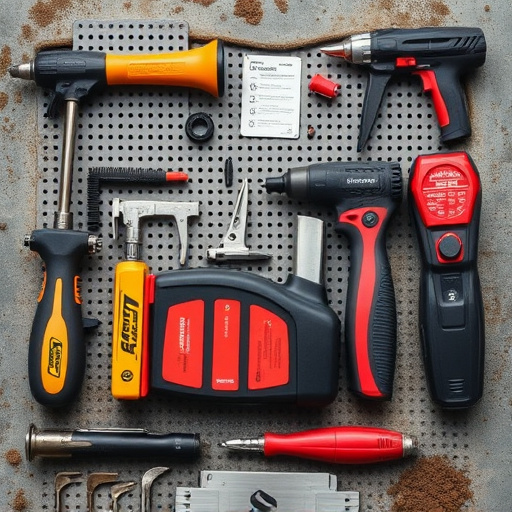
Airbag system repairs present unique challenges due to their intricate nature and safety-critical role in modern vehicles. One of the primary obstacles is ensuring proper OEM (Original Equipment Manufacturer) repair procedure access, as these guidelines are vital for accurate and safe restoration. With airbags deployed at high speeds and forces during vehicle collisions, any deviation from the recommended procedures can lead to ineffective inflation or even catastrophic failure.
Best practices in airbag repairs involve adhering strictly to OEM protocols, using genuine replacement parts, and employing trained technicians. Efficient communication between repair facilities, manufacturers, and regulatory bodies is essential for sharing knowledge and updates related to airbag technology advancements and potential issues. Additionally, proper documentation and record-keeping are crucial to track the history of repairs, ensuring each vehicle’s safety systems are restored to their optimal state, be it a simple bumper repair or a complex auto body repair after a severe collision.
Access to original equipment manufacturer (OEM) repair procedures is an indispensable tool for ensuring accurate and safe airbag system repairs. By adhering to these guidelines, automotive technicians can effectively navigate the complex process of airbag replacement and servicing, ultimately contributing to improved vehicle safety. Understanding and following OEM protocols not only benefits individual repair shops but also plays a crucial role in maintaining the integrity of global vehicle safety standards.
